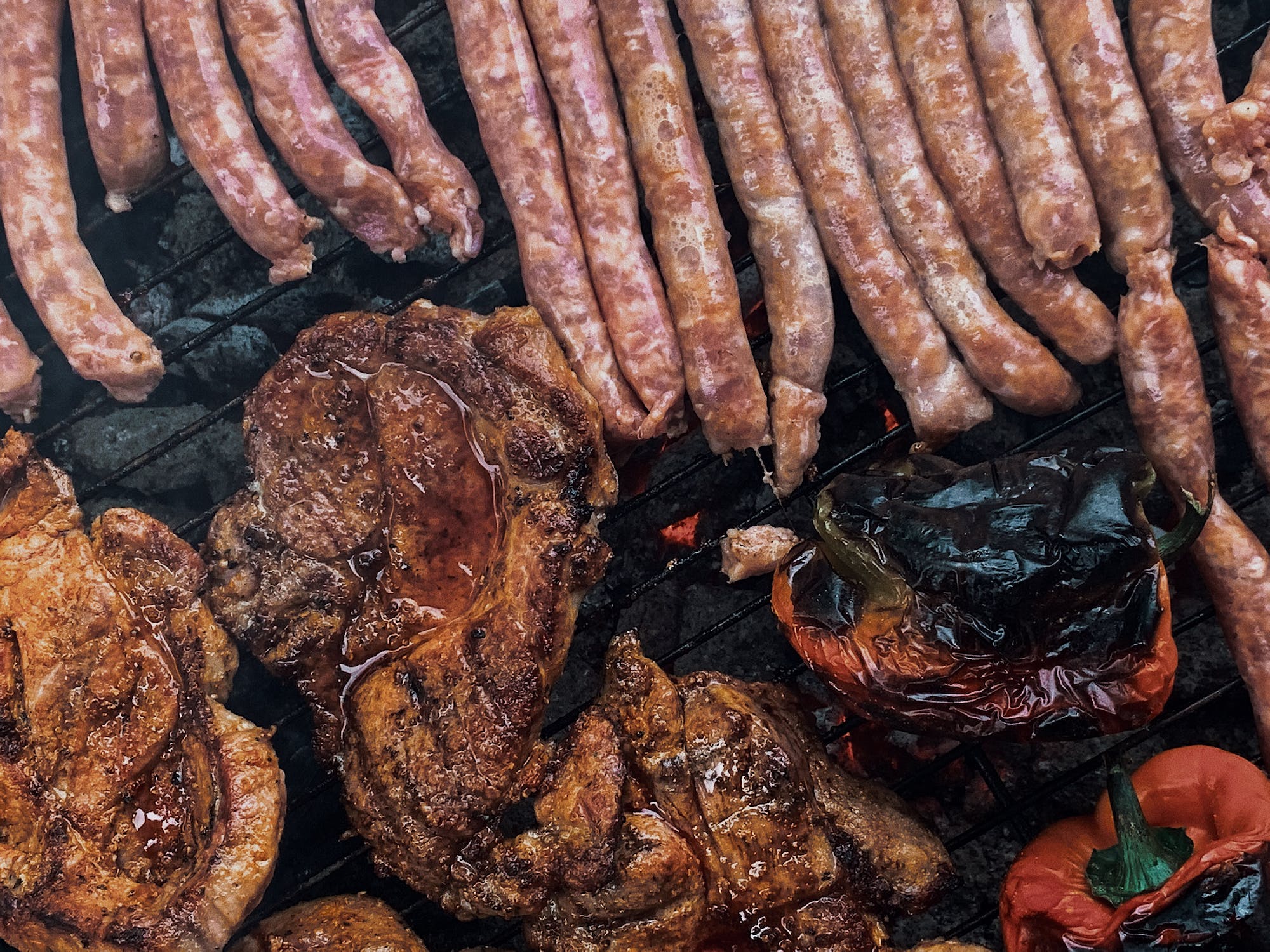An American adult consumes 11,500 microplastics a year, but annual exposure could be as high as 3.8 million particles.
Microplastics are everywhere, including our food. And this includes not only seafood, as we have known for a while, but practically all sources of protein as well, according to scientists at Ocean Conservancy in the United States.
They have found, as they explain in a study, that microplastic particles have contaminated nearly 90% of 16 common protein sources tested in the United States, including seafood, pork, beef and chicken. Even tofu and different plant-based meat alternatives were found to contain these tiny particles.
For their study, the scientists purchased samples of these sources of protein with different levels of processing from unprocessed to minimally processed to highly-processed from various brands at different store types from supermarkets and groceries.
“Mean (±stdev) MP contamination per serving among the products was 74 ± 220 particles (ranging from 2 ± 2 particles in chicken breast to 370 ± 580 in breaded shrimp). Concentrations (MPs/g tissue) differed between processing levels, with highly-processed products containing significantly more MPs than minimally-processed products (p = 0.0049),” they explain.
“There were no significant differences among the same product from different brands or store types,” the researchers note.
Once they crunched the numbers, they found that on average an American adult consumes an estimated 11,500 microplastics a year. “Annual exposure could be as high as 3.8 million microplastics per year if calculated using the highest levels of microplastics found in each individual protein type and the average reported protein consumption rates,” the scientists warn.
“This is a startling reminder of just how prolific plastic pollution has become – humans live on land and yet seafood samples are just as likely to be contaminated with plastics as are terrestrial-derived proteins,” stresses Britta Baechler, a marine biologist and associate director of plastics science at Ocean Conservancy.
“And there’s no escaping them no matter what you eat, it seems. The plastic pollution crisis is impacting all of us, and we need to take action to address its many forms,” Baechler adds.
This is alarming, to say the least, as microplastics could wreak havoc with our health by accumulating in our blood and organs. Recent research has found that these particles can even breach the blood-brain barrier with potentially grave consequences.
According to the new research, a likely source of microplastic contamination is food processing because highly processed protein products such as fish sticks, chicken nuggets and plant-based burgers were found to contain “significantly more microplastics per gram than minimally processed products (items like packaged wild Alaska pollock, raw chicken breast, and others).”
However, the scientists add, “no statistical difference was found between high-processed products and fresh-caught products.” This indicates that there are other sources of contamination, which have yet to be explored.
“It’s tempting to want to draw conclusions like ‘eat less of this and more of that’ to avoid microplastics in your diet, but right now we still know very little about the microplastic burdens in commonly consumed foods,” explains Madeleine Milne, who participated in the research while at the University of Toronto.
As many as 44% of microplastics found in food samples were fibers, “which is consistent with other studies suggesting that fibers are the most prevalent form of microplastic in the environment. About a third of the microplastics (30%) were plastic fragments,” the researchers say.
“As ocean scientists, my co-authors and I are deeply concerned about the growing plastics crisis in the world’s ocean. But our study shows that plastics in our food goes well beyond fish and shellfish to a wide variety of other protein sources, as well,” says George Leonard, chief scientist at Ocean Conservancy.
“Our work is a call to action to reduce plastic pollution in its many forms to ensure a safe and healthy food supply for all consumers,” Leonard stresses.
>
This story first appeared on Sustainability Times
© 2024 Sustainability Times.
This article is licensed under a Creative Commons Attribution-ShareAlike 4.0 SA International License.












